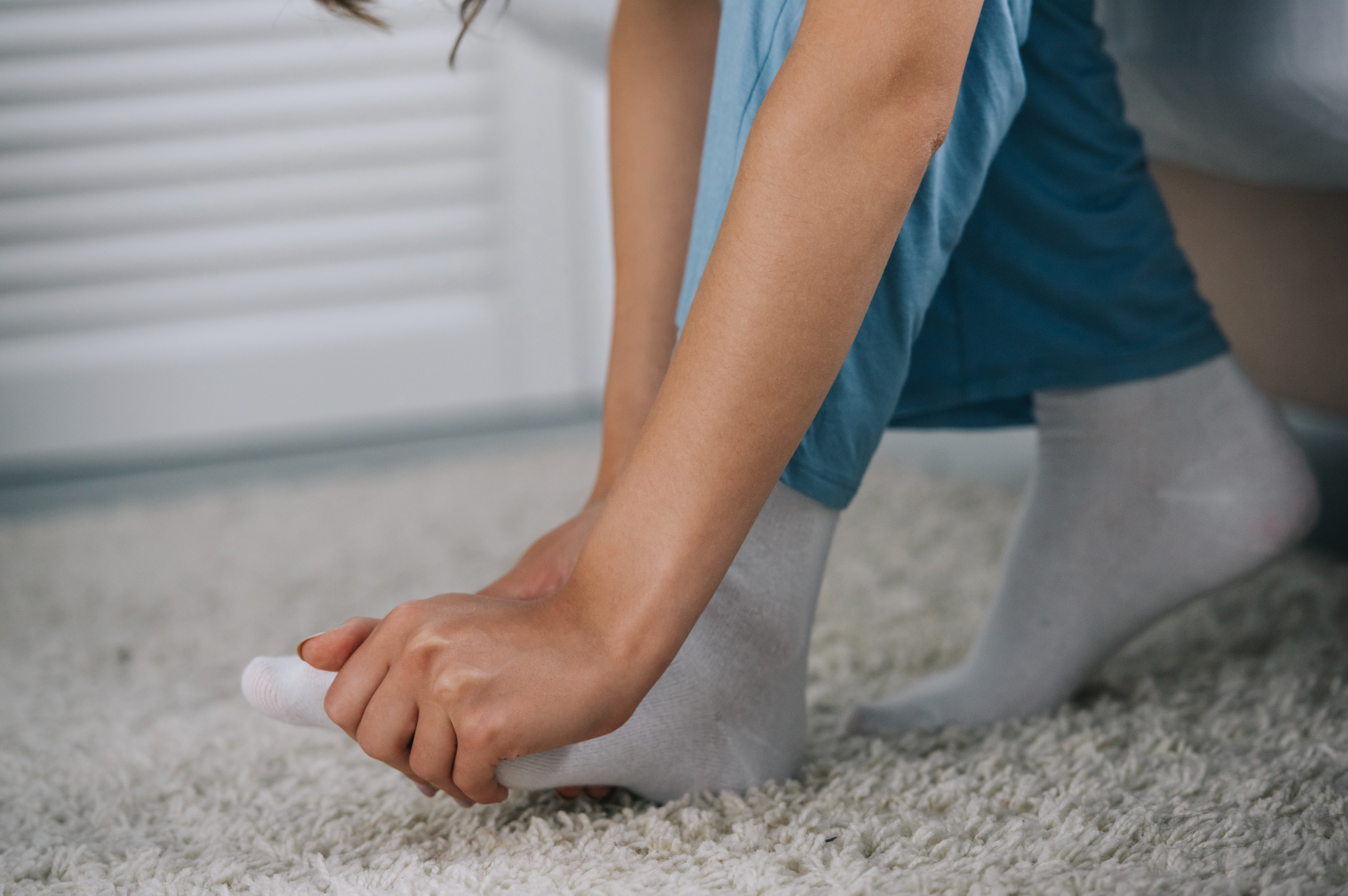
Heel Pain Among Nurses: Causes, Solutions, and Prevention
In the world of healthcare, nurses represent the lifeblood of any facility, from bustling hospitals to quiet clinics. Their tireless dedication often means hours upon hours on their feet, leading to a common occupational affliction – heel pain.
The Root of the Problem: Causes of Heel Pain in Nurses
Understanding heel pain begins by identifying the potential causes. For nurses, the following factors are often at play:
- Extended Standing and Walking: Nurses typically spend long shifts on their feet, often exceeding 12 hours. The hard surfaces of hospital floors exert significant pressure on the heels, leading to pain and discomfort.
- Inadequate Footwear: Improper shoes can exacerbate heel pain. Footwear without sufficient support fails to adequately cushion the feet, resulting in increased stress on the heels.
- Body Weight: Heavier body weight can put additional stress on the feet and heels, increasing the risk of heel pain.
- Foot Conditions: Pre-existing foot conditions, such as plantar fasciitis or flat feet, can also contribute to chronic heel pain.
Stepping Towards Solutions: How to Alleviate Heel Pain
Heel pain doesn't have to be an inevitable part of a nursing career. Here are some ways to alleviate this discomfort:
- Choose the Right Footwear: Prioritize shoes with good arch support, cushioning, and a roomy toe box. Consider models designed specifically for healthcare professionals, as they often provide the necessary comfort and support for long hours of standing or walking.
- Use Orthotic Insoles: Custom or over-the-counter orthotic insoles can offer additional arch support and cushioning, helping to distribute weight evenly across the foot and reduce pressure on the heel.
- Stay Active and Stretch: Regular exercise, particularly stretches targeting the foot and calf muscles, can help to relieve tension and manage heel pain.
- Consider Physical Therapy: Persistent heel pain may benefit from physical therapy. Skilled therapists can provide targeted exercises and treatments to alleviate pain and strengthen foot muscles.
Prevention: Stopping Heel Pain Before It Starts
As the saying goes, "An ounce of prevention is worth a pound of cure." Here are preventative measures nurses can adopt:
- Regular Breaks: Take short breaks during shifts to sit and rest the feet. Even a few minutes can make a significant difference.
- Footwear Rotation: Rotate between different pairs of supportive shoes every other day. This strategy can prevent the overuse of certain foot muscles and distribute pressure more evenly.
- Maintain a Healthy Weight: A balanced diet and regular exercise can help maintain a healthy weight, reducing pressure on the heels and feet.
- Pre-Shift Warm-Up and Stretches: Warm up the foot muscles before starting the shift and perform regular foot stretches to improve flexibility and reduce the risk of injury.
While heel pain is a common issue among nurses, it isn't a condition that professionals need to accept without question. By understanding the causes and adopting appropriate solutions and preventive strategies, nurses can reduce heel pain, increase comfort during their shifts, and continue to deliver exceptional care to their patients.
TAGS:
SHARE:
